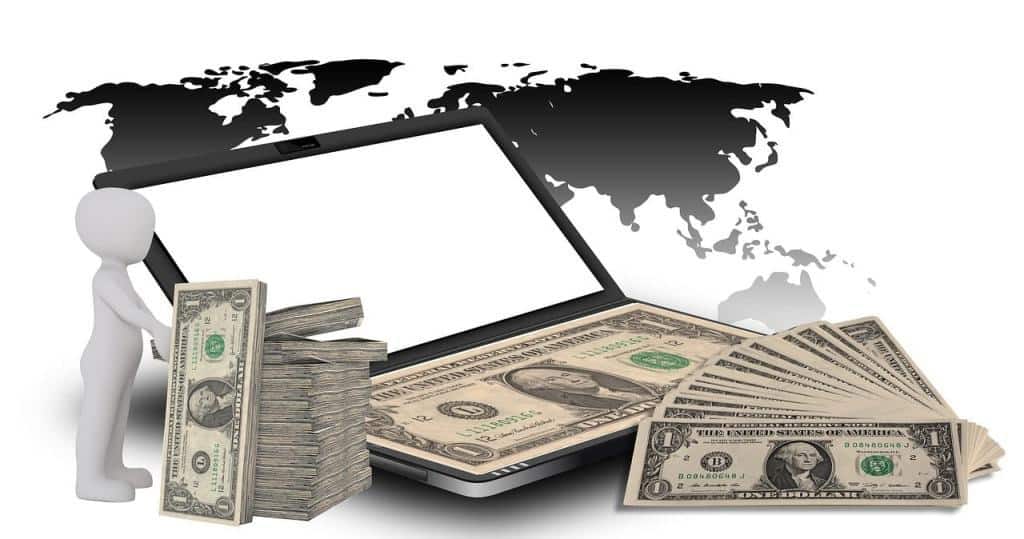The online economy is entering a phase of rapid consolidation and specialization. By 2026, opportunities to earn meaningful income online will no longer be limited to a small set of tech-savvy freelancers or big-platform creators — they will span new hybrid models that combine AI, creator commerce, micro-entrepreneurship, and platform-enabled services. Below I explain the top avenues that will dominate digital earning in 2026 and why they matter, with supporting numbers to show their scale.
1. Creator monetization and creator-led commerce
Creators have matured from hobbyists into entrepreneurs. Platforms and brands like casino are shifting substantial ad and partnership budgets toward creators; creator-driven ad spend in the U.S. has more than doubled in recent years and is projected to keep growing as advertisers prioritize authenticity and niche reach. The broader creator market was estimated at roughly $200–205 billion in 2024, with many forecasts projecting explosive multi-year growth as more direct-to-fan and commerce features roll out on social apps. This means sponsorships, tips, subscriptions, and creator storefronts will continue to be high-earning routes for skilled storytellers, niche experts, and micro-influencers.
2. Premium freelancing + AI-powered skill arbitrage
High-skill freelancing (design, software, data, marketing strategy) will stay a major income stream — but the shape changes: higher hourly rates for AI-augmented specialists, and a flood of new microservices (prompt engineering, model fine-tuning, AI system integration). Platforms are already reflecting this shift: millions of freelancers use marketplaces like Upwork, which hosts tens of millions of registered freelancers and channels billions in gross services volume — evidence the marketplace for paid knowledge work is huge and growing. Professionals who package workflows (strategy + tools + human judgment) will capture the best pay.
3. E-commerce, live commerce, and social storefronts
Global online retail continues to scale. Industry forecasts put total e-commerce sales near $6.8–6.9 trillion in 2026, representing more than a fifth of retail sales worldwide — and many of these purchases will be discovered through social and creator channels rather than traditional searches. For entrepreneurs, the route to revenue increasingly blends product, content, and community: small brands can launch via short-form video, live-streamed shopping, and integrated checkouts on social platforms. That lowers the barrier to entry and expands opportunities for direct sales, dropshipping, private-label products, and digital goods.
4. Micro-entrepreneur platforms & the expanded gig economy
“Gig” work now covers everything from ride-hailing to specialized remote knowledge services. Global estimates indicate hundreds of millions participate in gig or platform work, with a significant share in skilled freelance roles; in the U.S. alone, survey-based counts put tens of millions doing some form of gig work. As platforms improve payouts, discovery, and trust mechanisms (ratings, dispute resolution, insurance add-ons), more people will monetize spare time and niche skills — expect a rise in short-term, high-value gigs powered by low-friction onboarding and instant payments.
5. Niche subscription businesses and digital products
Subscriptions — paid newsletters, specialist communities, learning cohorts, and toolkit libraries — scale well because they convert one-time buyers into recurring revenue. For experts, selling digital courses, templates, and membership access provides predictable income with low marginal costs. The economics get even better when creators bundle live events, coaching, or premium community access into their offers.
6. Web3 experiments — selective and practical
While the hype cycle around NFTs and decentralized finance has cooled, practical Web3 use cases (digital collectibles for fan engagement, tokenized memberships, creator royalty automation) will continue to surface. Sophisticated creators and niche communities may find tokenization beneficial, but mainstream earnings will still rely mostly on traditional fiat channels and platform-native monetization for the near term.
How to position yourself for 2026
- Specialize: deep domain skill + content packaging wins.
- Learn to use AI as a force multiplier (automation, draft generation, analytics).
- Build audience-owned channels (email, community) — they protect you if platform rules change.
- Mix revenue models: ads + sponsorships + subscriptions + commerce hedges against platform shifts.
- Focus on measurable value: solve a clear problem or fulfill a targeted desire for a paying group.
Risks and policy realities
Growth brings challenges: platform fee pressure, discoverability competition, and labor-protection debates for gig workers. International reports highlight the scale of online gig work but also emphasize gaps in worker protections and benefits — something both platforms like Casino House and regulators will be wrestling with through 2026.
Bottom line
By 2026 the strongest digital income opportunities will be hybrid: creators and specialists who combine unique human value with AI tools, platform distribution, and commerce execution. The addressable markets are enormous — global e-commerce in the trillions and the creator/creator-ad ecosystem in the low hundreds of billions today — and they’re still growing. That means there’s room for newcomers and seasoned pros alike, as long as they specialize, adapt, and control at least one audience-owned channel.
